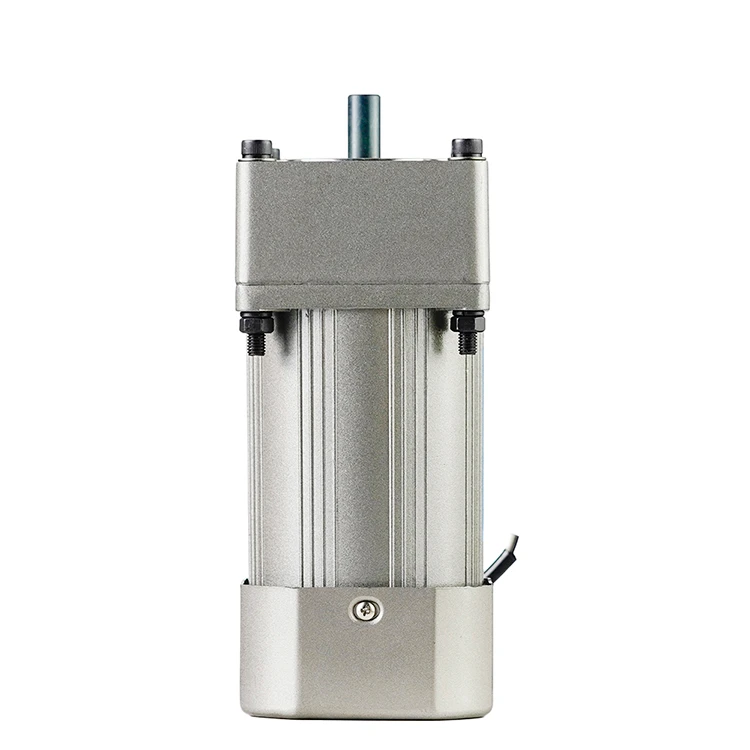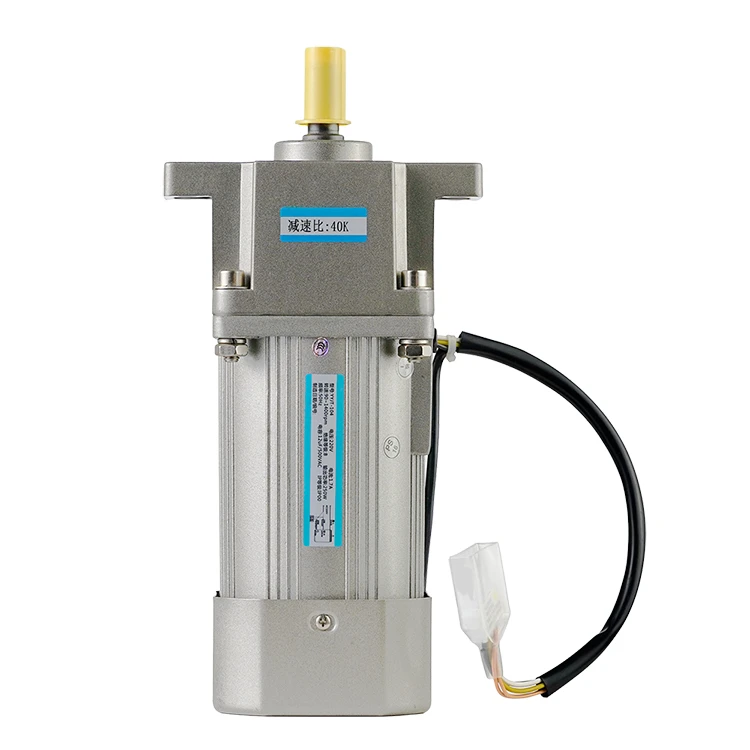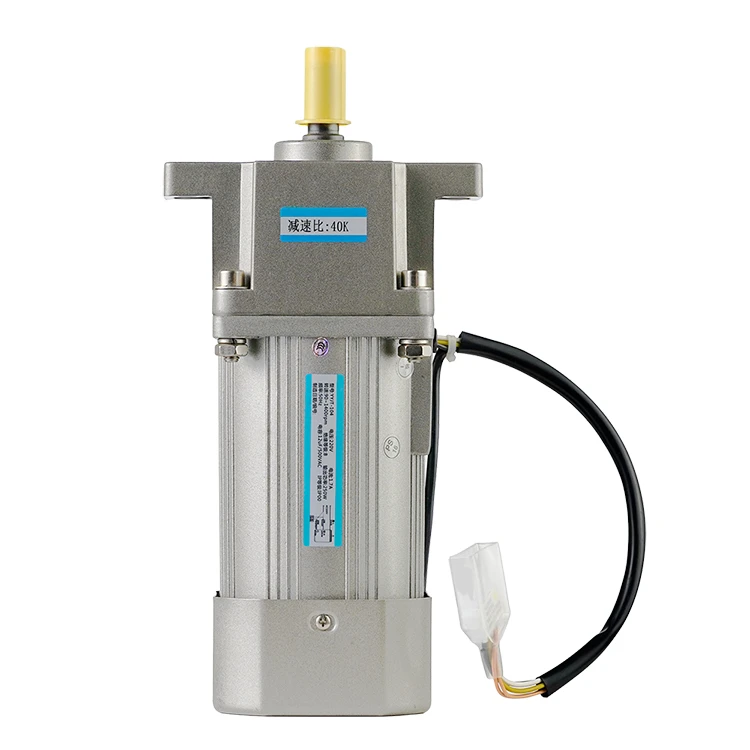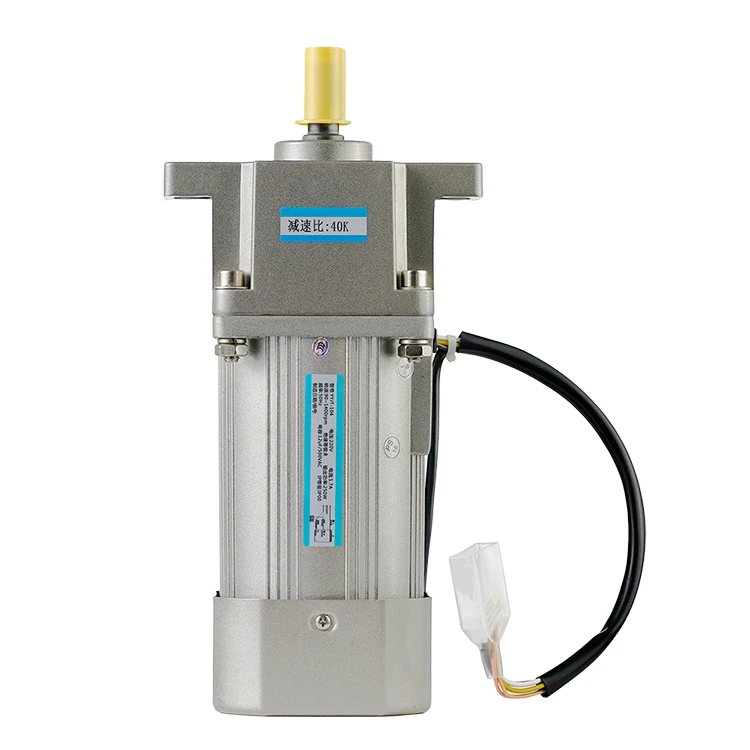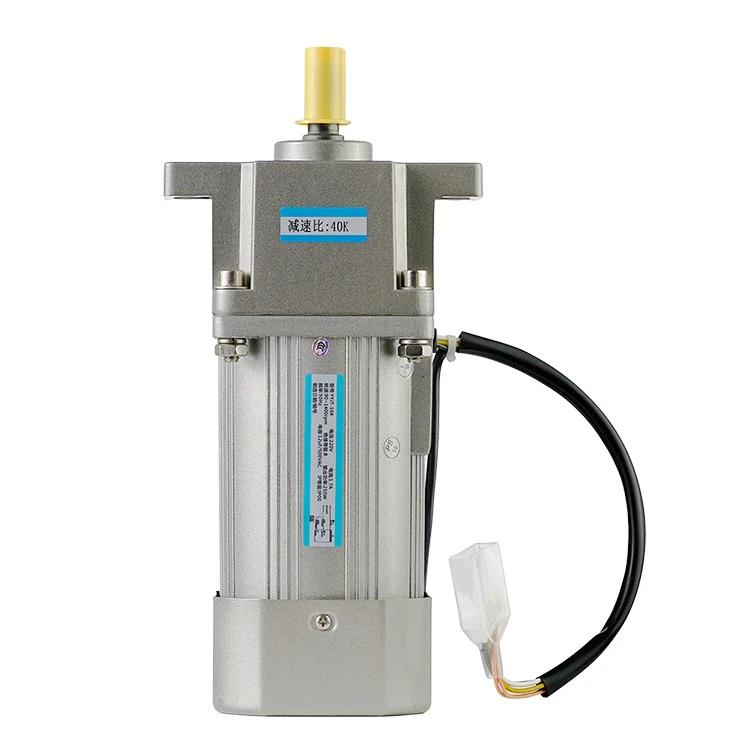How Should I Choose Between Geared Hub Motor and Gear-less Hub Motor??
2024-11-04 16:34:10
There is no significant difference in performance between brush-less geared hub motors and brush-less gearless hub motors. We will analyze them from the following aspects: working principle; advantages; disadvantages; cost; usage scenarios, etc. If you have other different opinions, we are looking forward to hearing from you.

1. Principle of Operation
Geared Hub Motor
A geared hub motor operates by utilizing a planetary gear system that connects the motor to the wheel, allowing the motor's speed to be reduced while simultaneously increasing its torque output. simultaneously increasing its torque output. When electrical current is supplied to the motor, it generates a magnetic field that causes the rotor to spin. This rotation is transferred through the gears, which decrease the rotational speed of the motor while amplifying the torque, making it particularly effective for climbing hills and accelerating from a stop.
Gearless Hub Motor
A gear-less hub motor operates by using electromagnetic induction, where electrical current supplied to the stationary stator generates a magnetic field that interacts with permanent magnets. A gear-less hub motor operates by using electromagnetic induction, where electrical current supplied to the stationary stator generates a magnetic field that interacts with permanent magnets on the rotor, causing the rotor to spin and directly drive the bicycle wheel without any gears.
2. Advantages
Geared Hub Motor
Geared hub motors have the advantage of providing high torque output at low speeds, which is essential for traveling up steep hills. This is achieved through an internal gearing system that increases the torque of the motor, resulting in better performance over varying terrain. Additionally, geared hub motors are typically smaller and lighter than gear-less hub motors, contributing to a more compact design and extending range by consuming less battery power.
Gearless Hub Motor
Gear-less hub motors are simple and durable because they contain fewer moving parts than geared motors, which reduces maintenance requirements and extends service life.
Gear-less hub motors provide smooth and quiet operation, which contributes to a more enjoyable riding experience. They excel at providing consistent power at higher speeds, making them ideal for long commutes and flat terrain. Many gear-less hub motors are capable of regenerative braking, allowing energy to be recovered during descents or braking, which extends battery life and improves overall efficiency.
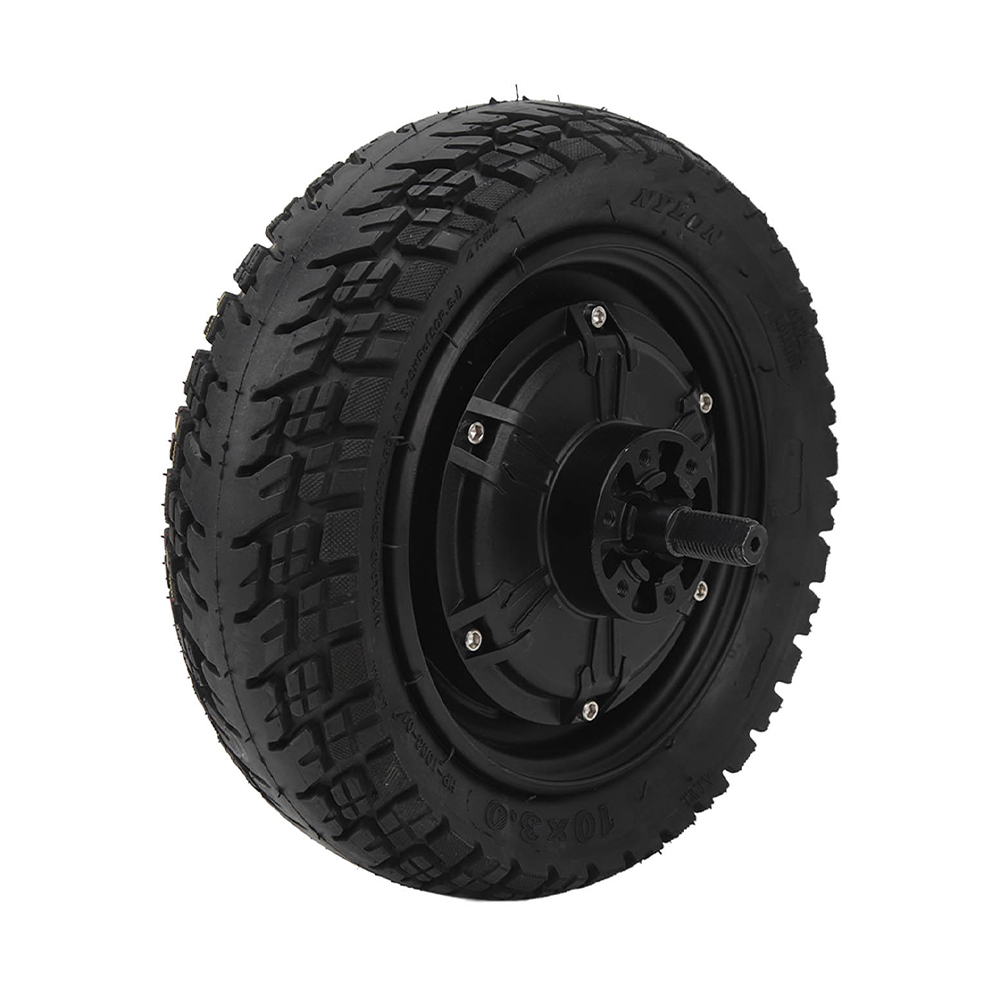
3. Disadvantages
Geared Hub Motor
Geared hub motors have several drawbacks that may affect their performance and usability.
They have a limited top speed, which can limit the riding experience, especially for those seeking higher speeds.
Because of the mechanical components involved in the gearing system, geared hub motors tend to be noisier than gear-less motors, which can diminish the overall riding experience.
They also require more maintenance, as gears may need to be adjusted or replaced over time, leading to potential additional costs and downtime.
These factors may make geared hub motors less attractive to riders who prioritize speed, quiet operation, and low maintenance.
Gearless Hub Motor
While gear-less hub motor offer a variety of benefits, they also have significant drawbacks that can affect their performance and usability.
They tend to be less efficient at low speeds and on steep hills and require more power to achieve a similar level of performance compared to a geared hub motor, which can lead to shorter battery life.
Without a gear system, gear-less hub motors may not provide enough torque to accelerate quickly or climb steep hills, making them less suitable for riders who regularly traverse challenging terrain.
4. Cost of Ownership (for reference only, the actual price will vary with hub motor size, speed, power voltage, etc.)
Geared Hub Motor
Hub-geared motors are noisier in transmission, and because of the gears, hub-geared motors can be relatively expensive to manufacture.
Gearless Hub Motor
Hub Gearless motor are quieter in transmission, and because there are no gears, the manufacturing cost of hub gear-less motors is lower than that of hub geared motors.
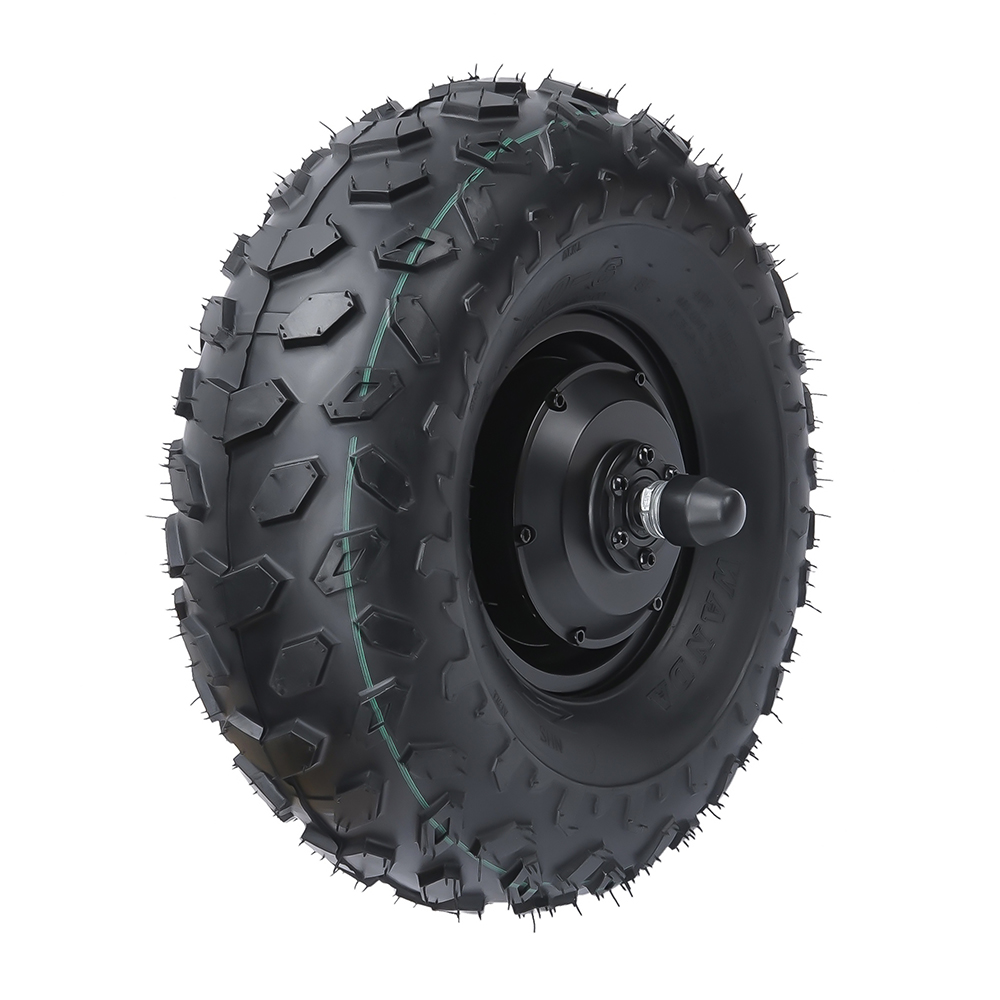
5. Usage Scenarios
Geared Hub Motor
Gearless hub motors are suitable for applications that require high torque and controlled speed, such as wheelbarrows, large load vehicles, and industrial equipment, providing reliable power and efficient maneuverability.
Gearless Hub Motor
Gearless hub motors are suitable for e-bikes, scooters, and light electric vehicles, meeting the need for smooth, low-maintenance, and high-speed efficiency in urban (long-distance) commuting and recreational riding.
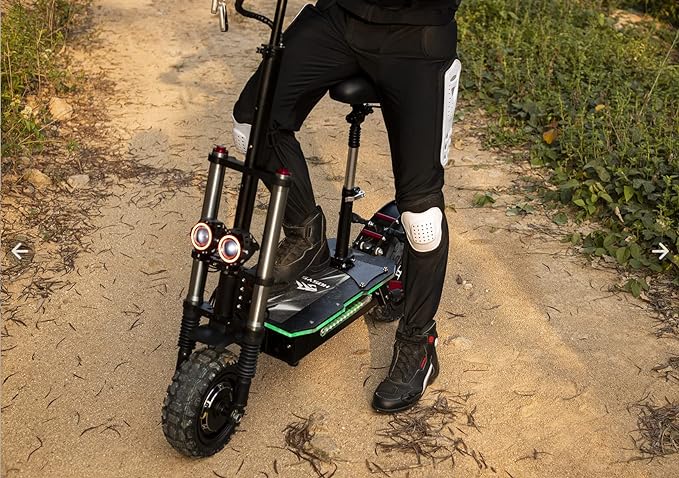
Hub geared motors and gearless motors are both electric motors used in hub drives, and they differ by the presence or absence of gears. Hub-geared motors provide better hill climbing ability on the road, however at lower speeds and higher noise levels; hub gearless motors are more efficient and quieter, but have a weaker torque output, and are suitable for use on urban roads and other roads where road conditions are less complex and speeds are higher.
See What Lunyee Can Do For You
Contact Us
- 8619149417743
- +86-0371-5562 0274
- [email protected]
- Zhengzhou, Henan Province, China
- Mon-Fri: 9:00 - 18:00
